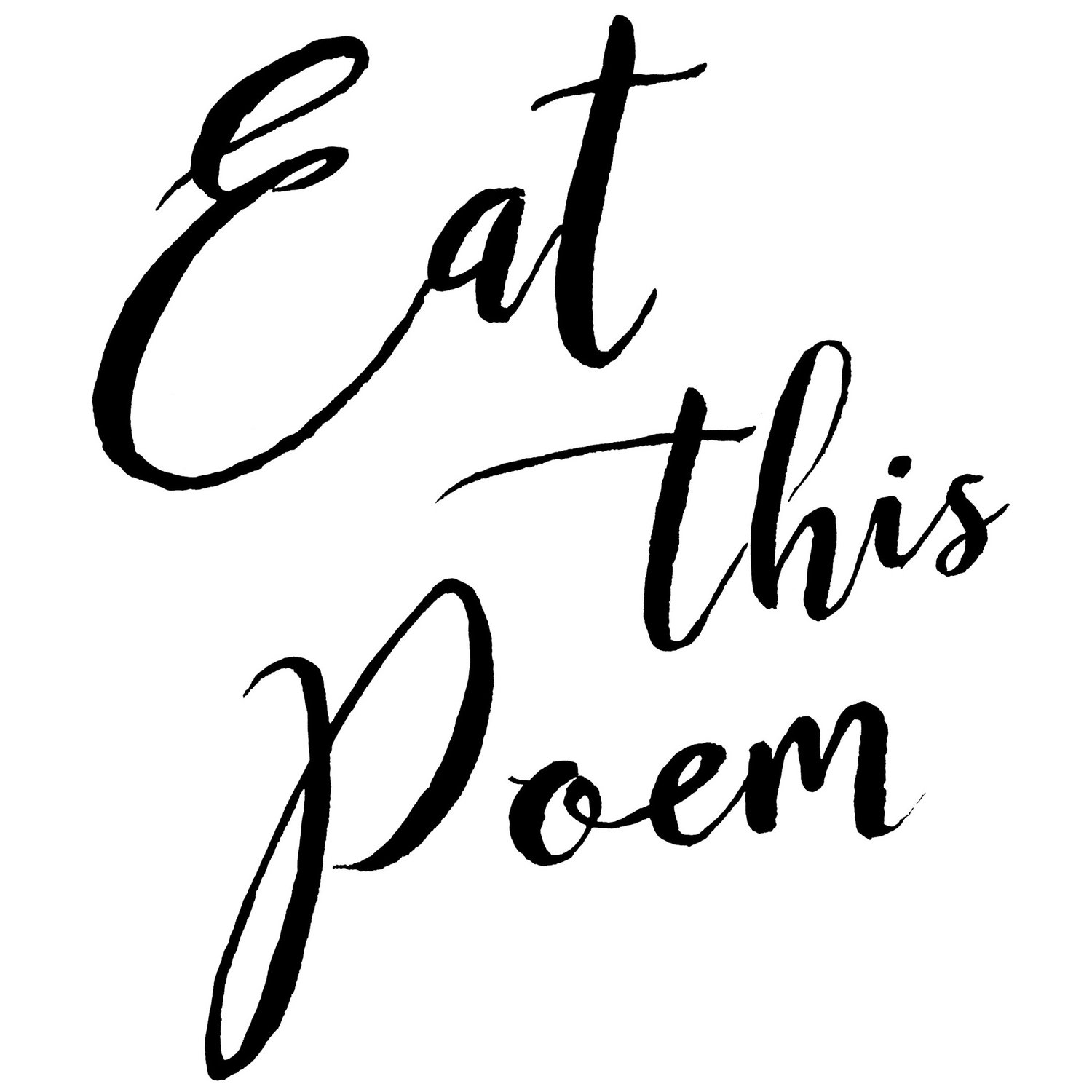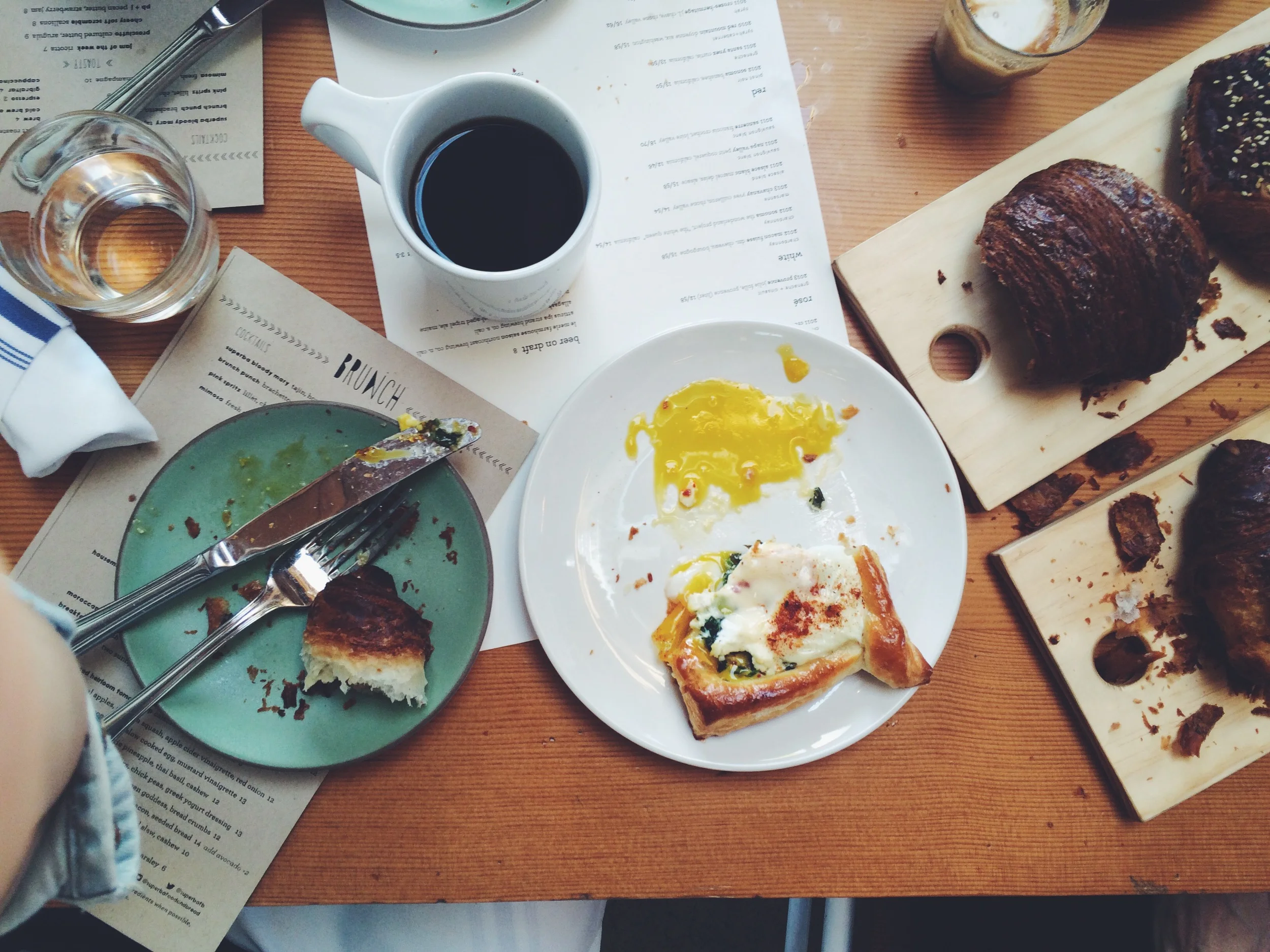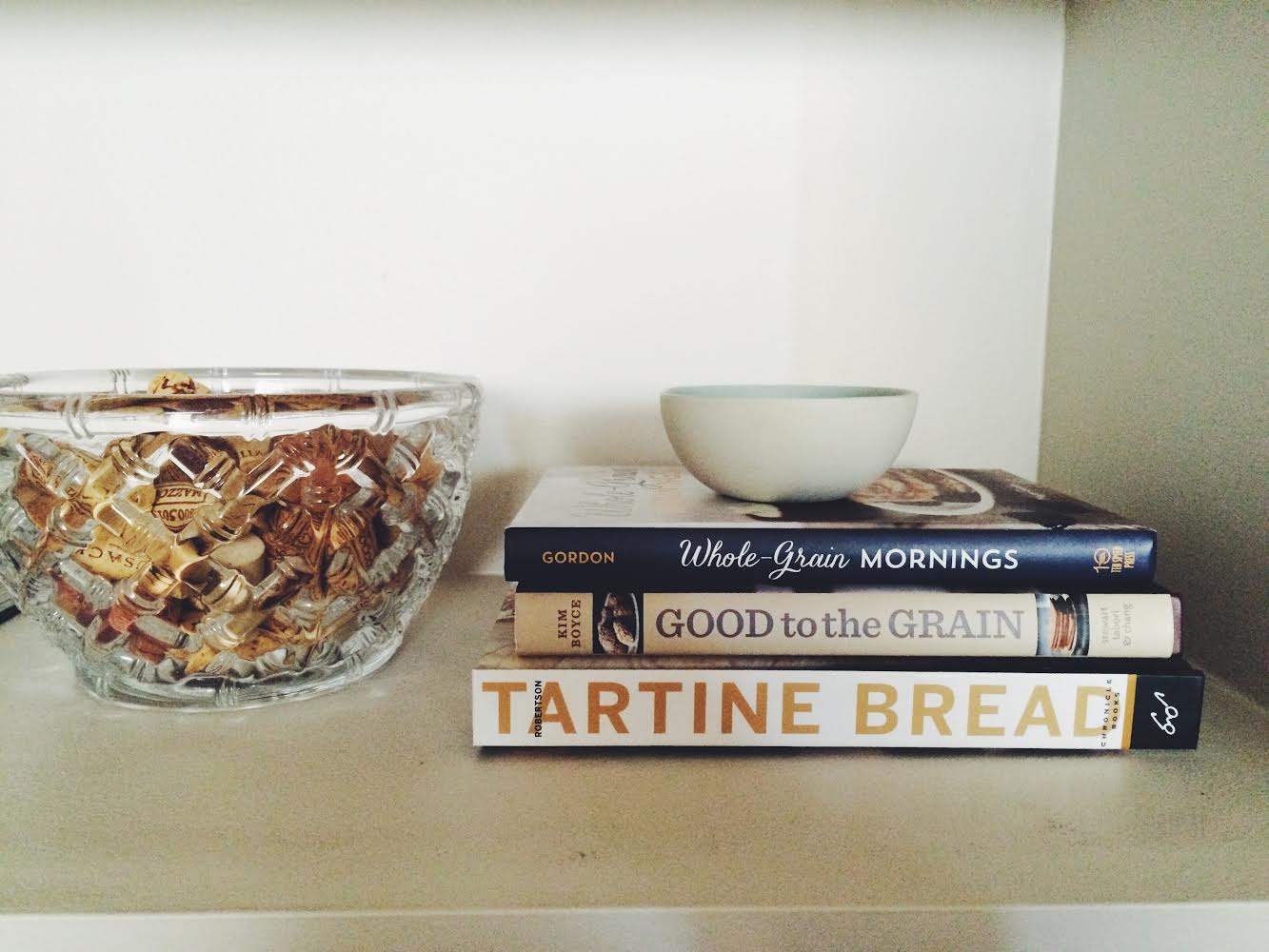On all the ways to write a recipe.
My kind of dessert.
What book should you read next?
How to make your last name plural this holiday season.
The empty container.
A wonderful interview with Jane Hirshfield. Also, Postscript: Galway Kinnell.
Your paper brain and your Kindle brain aren't the same thing.
Speaking of Kindle's, I downloaded this book and this book for a long flight.
A talent for recapturing wonder.
"The chapter has become a way of looking at the world, a way of dividing time and, therefore, of dividing experience."
Saved for later: Crispy coconut kale with salmon, pumpkin nut milk, pumpkin scones, ribollita, and sunflower seed rye bread.
The science behind baking your favorite chocolate chip cookie.
The art of keeping a journal.











